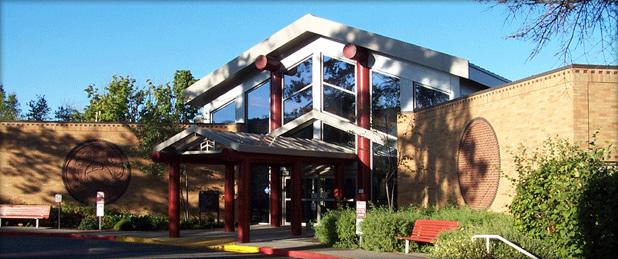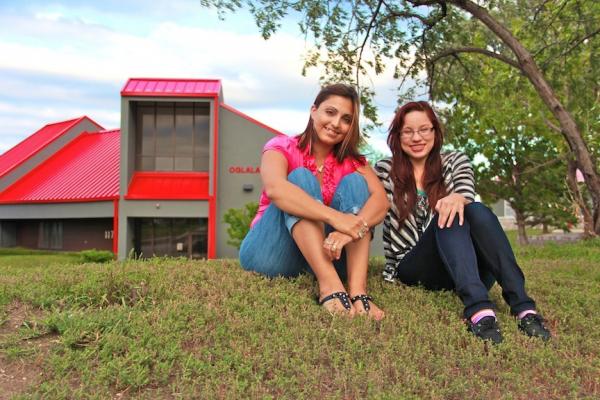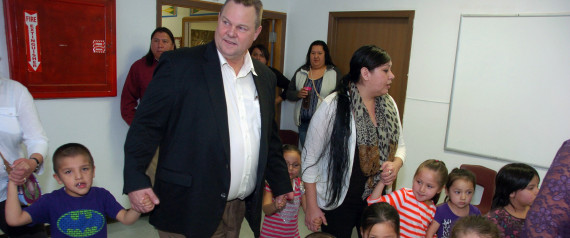By MOTOKO RICH MARCH 21, 2014 The New York Times
Racial minorities are more likely than white students to be suspended from school, to have less access to rigorous math and science classes, and to be taught by lower-paid teachers with less experience, according to comprehensive data released Friday by the Department of Education’s Office for Civil Rights.
In the first analysis in nearly 15 years of information from all of the country’s 97,000 public schools, the Education Department found a pattern of inequality on a number of fronts, with race as the dividing factor.
Black students are suspended and expelled at three times the rate of white students. A quarter of high schools with the highest percentage of black and Latino students do not offer any Algebra II courses, while a third of those schools do not have any chemistry classes. Black students are more than four times as likely as white students — and Latino students are twice as likely — to attend schools where one out of every five teachers does not meet all state teaching requirements.
“Here we are, 60 years after Brown v. Board of Education, and the data altogether still show a picture of gross inequity in educational opportunity,” said Daniel J. Losen, director of the Center for Civil Rights Remedies at the University of California at Los Angeles’s Civil Rights Project.
In his budget request to Congress, President Obama has proposed a new phase of his administration’s Race to the Top competitive grant program, which would give $300 million in incentives to states and districts that put in place programs intended to close some of the educational gaps identified in the data.
“In all, it is clear that the United States has a great distance to go to meet our goal of providing opportunities for every student to succeed,” Secretary of Education Arne Duncan said in a statement.
One of the striking statistics to emerge from the data, based on information collected during the 2011-12 academic year, was that even as early as preschool, black students face harsher discipline than other students.
While black children make up 18 percent of preschool enrollment, close to half of all preschool children who are suspended more than once are African-American.
“To see that young African-American students — or babies, as I call them — are being suspended from pre-K programs at such horrendous rates is deeply troubling,” said Leticia Smith-Evans, interim director of education practice at the NAACP Legal Defense and Educational Fund.
“It’s incredible to think about or fathom what pre-K students could be doing to get suspended from schools,” she added.
In high school, the study found that while more than 70 percent of white students attend schools that offer a full range of math and science courses — including algebra, biology, calculus, chemistry, geometry and physics — just over half of all black students have access to those courses. Just over two-thirds of Latinos attend schools with the full range of math and science courses, and less than half of American Indian and Native Alaskan students are able to enroll in as many high-level math and science courses as their white peers.
“We want to have a situation in which students of color — and every student — has the opportunity and access that will get them into any kind of STEM career that takes their fancy,” said Claus von Zastrow, director of research for Change the Equation, a nonprofit that advocates improved science, technology, engineering and math education, or STEM, in the United States. “We’re finding that in fact a huge percentage of primarily students of color, but of all students, don’t even have the opportunity to take those courses. Those are gateways that are closed to them.”
The Education Department’s report found that black, Latino, American Indian and Native Alaskan students are three times as likely as white students to attend schools with higher concentrations of first-year teachers. And in nearly a quarter of school districts with at least two high schools, the teacher salary gap between high schools with the highest concentrations of black and Latino students and those with the lowest is more than $5,000 a year.
Timothy Daly, president of the New Teacher Project, a nonprofit that recruits teachers, said that while the data looked at educator experience and credentials, it was also important to look at quality, as measured by test scores, principal observations and student surveys.
“Folks who cannot teach effectively should not be working with low-income or African-American kids, period,” he said, adding that the problem was difficult to resolve because individual districts are allowed to make decisions on how to assign teachers to schools.















